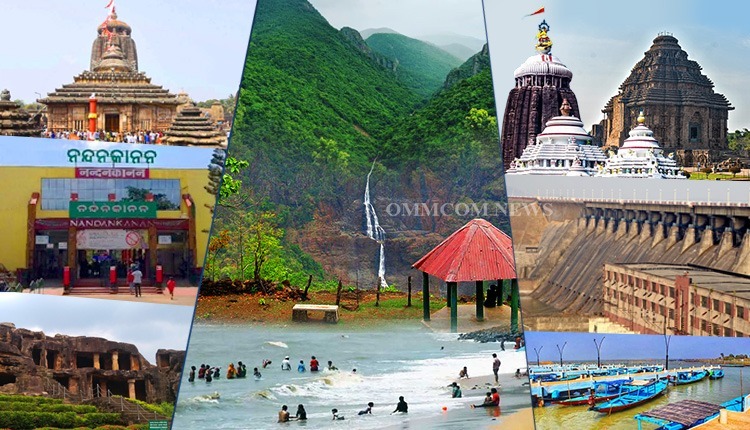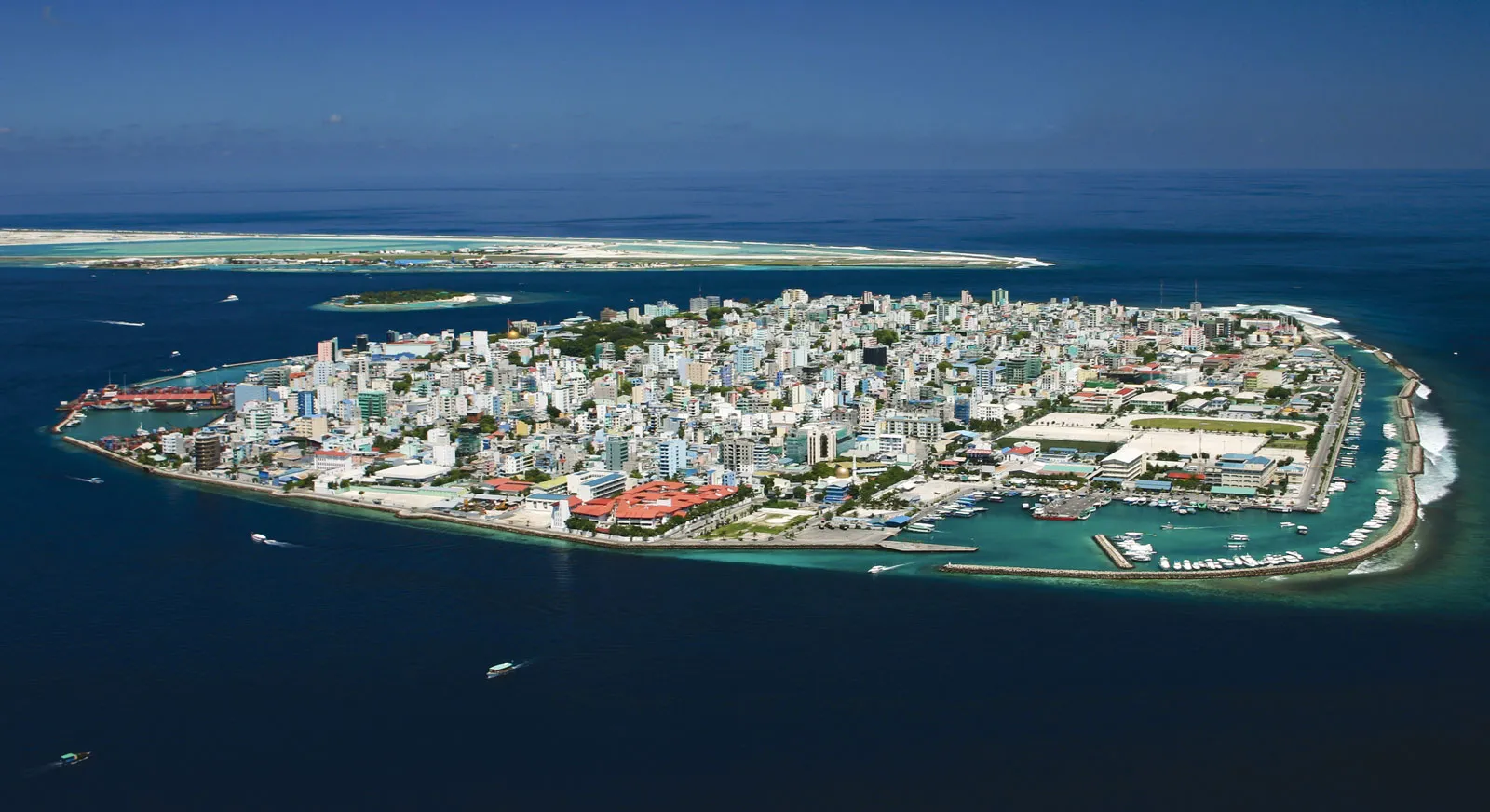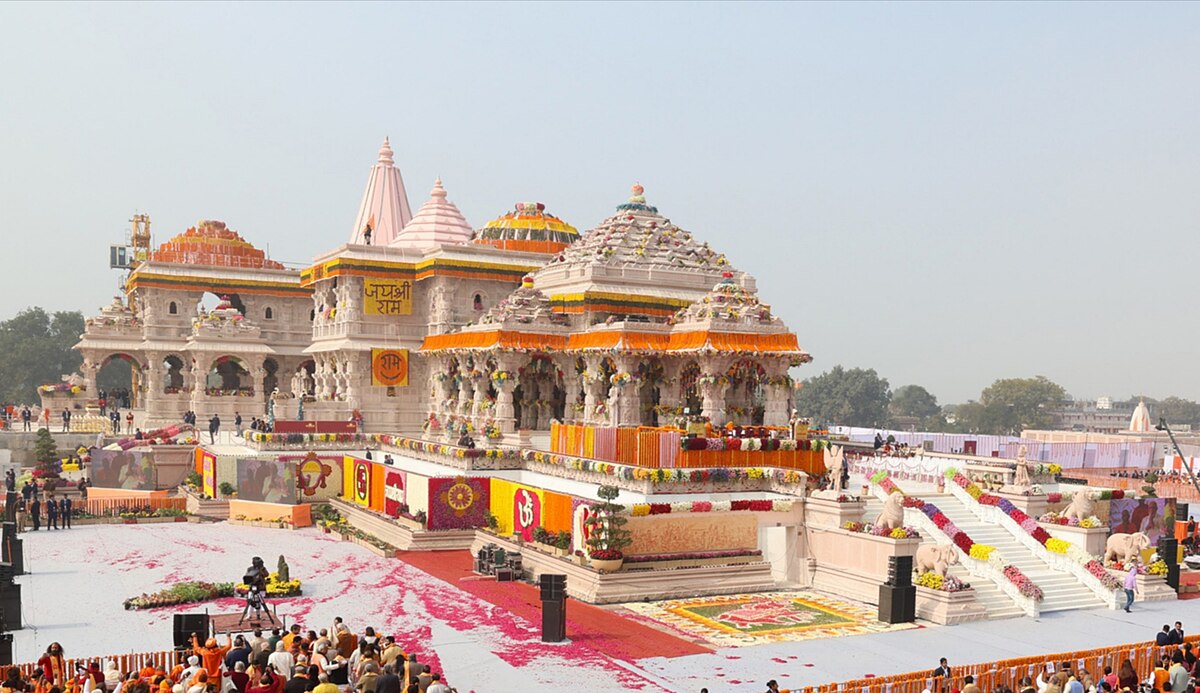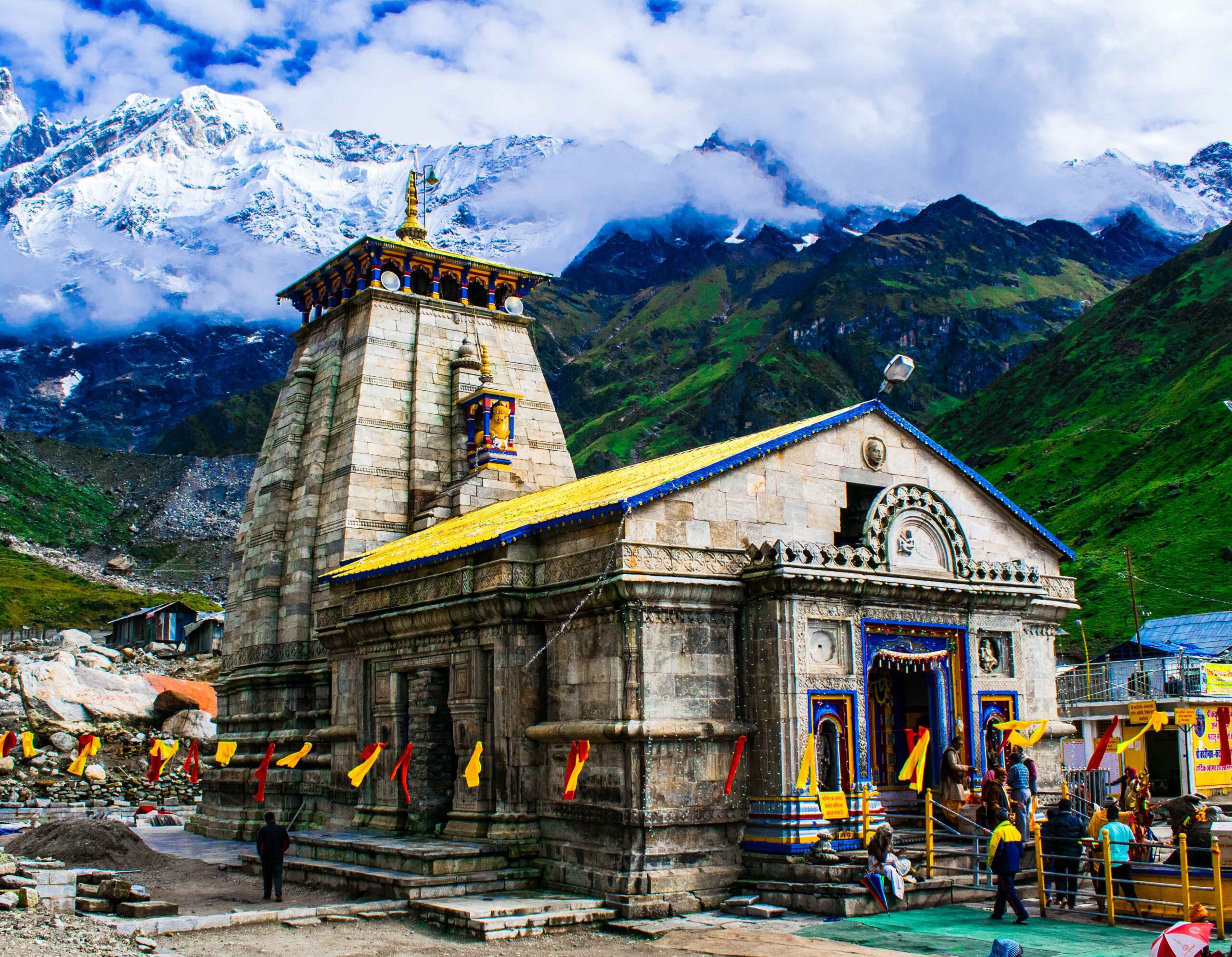Introduction:- Jagannath temple, located in the sacred city of Puri, Odisha, is one of the most revered Hindu temples in India. It is dedicated to Lord Jagannath, an incarnation of Lord Vishnu, along with his siblings, Lord Balabhadra and Devi Subhadra. This magnificent temple holds great significance for Hindus and is considered one of the four pilgrimage sites of the Char Dham Yatra. The temple is famous for its annual Ratha Yatra festival, where the deities are taken on a grand procession to the Gundicha Temple.

The Fact of Jagannath Temple
Theories of Origin
The origins of Lord Jagannath have long been a subject of debate and speculation. Several theories have emerged over time, each offering a unique perspective on the deity’s existence and significance. Let’s explore two prominent theories:

1. Vaishnava Origin
The Vaishnava theory suggests that the iconography and the triad of Lord Jagannath, Lord Balabhadra, and Devi Subhadra represent the Krishna-Balarama-Ekanamsa triad of Lord Vishnu. This theory is based on the similarities between the two triads and their associated characteristics. The Vaishnava origin theory holds that Lord Jagannath is an incarnation of Lord Vishnu and embodies his divine attributes.
2. Vedic Origin
According to the Rig Veda, there is mention of a wooden log called “Daru” floating in the ocean, referred to as Apurusham. Acharya Sayana, a renowned scholar, equates Apurusham with Purushottama and believes that the wooden log served as an inspiration for the manifestation of Lord Jagannath. This theory suggests a Vedic origin for Lord Jagannath, connecting him to ancient Vedic traditions.
Unbelievable Mysteries of the Jagannath temple Puri
The Jagannath Puri Temple is not only steeped in history but also shrouded in mysteries that have baffled devotees and visitors for centuries. Let’s explore some of the most astonishing and unexplained phenomena associated with this sacred place.

1. The Mahaprasad of Jagannath Puri
The Mahaprasad, a sacred offering at the Jagannath Temple, is renowned for its unique properties. It is cooked daily in one of the largest temple kitchens in India, employing 600-700 cooks. Despite the large quantities prepared, the Mahaprasad never runs out. One fascinating aspect is that the food in the topmost vessel, farthest from the firewood, gets cooked first, defying conventional cooking principles. This phenomenon has left many in awe of the divine intervention associated with the Mahaprasad.
2. The Absence of Birds
While birds are a common sight in most temples across India, it is believed that no birds or planes fly above the Jagannath temple in Puri. This unusual absence of avian presence has puzzled scientists and devotees alike. Various theories have been proposed to explain this phenomenon, including the strong presence of positive energy or divine intervention that repels birds.
3. The Mysterious Game of Shadows
In normal circumstances, if the shadow of a monument is not visible at a specific time, it becomes visible when sunlight falls on it from a different angle. However, in the case of the Jagannath temple, the main dome seems to cast no shadow at any given hour of the day. This peculiar absence of shadows adds to the mystical aura surrounding the temple.

4. The Flag’s Direction of Jagannath Temple
Flags usually flutter in the direction of the wind, but the flag atop the Jagannath temple has been observed to consistently flap in the opposite direction of the wind. This curious phenomenon defies the laws of physics and has perplexed observers for centuries. The flag’s defiance of the wind’s direction is seen as a divine sign and adds to the temple’s aura of mysticism.
5. Sudarshan Chakra A Top:- Jagannath Temple Puri
The Jagannath Puri Temple is adorned with a magnificent twenty-foot-tall Sudarshan Chakra, weighing a ton. This Chakra, visible from every corner of the city, is believed to be over 2000 years old. Despite its massive size, it appears to face all devotees, regardless of their location. The engineering marvel behind the installation of this Chakra remains a mystery, leaving experts astounded by the ingenuity of ancient artisans.
6. The Unusual Sea Winds Jagannath Temple
In most coastal areas, winds blow from the sea towards the land during the daytime and reverse direction in the evening. Strangely, the Jagannath temple seems to defy this pattern, with winds blowing in the opposite direction. This peculiar phenomenon has been observed by numerous visitors to the temple and remains unexplained by scientific reasoning.

Conclusion
The Puri Jagannath Temple is not only a place of worship but also a testament to the mysteries and wonders of ancient Indian architecture, spirituality, and tradition. The enigmatic history of Lord Jagannath and the temple’s associated mysteries continue to captivate the imagination of devotees and researchers alike. The Mahaprasad’s miraculous properties, the absence of birds, the peculiar shadows, the flag’s defiance, the Sudarshan Chakra’s engineering marvel, and the unusual sea winds all contribute to the temple’s aura of mysticism. As we continue to explore the rich heritage of India, the Jagannath Puri Temple stands as a testament to the greatness and enigma of our ancient past.
“The Jagannath Puri Temple is not just a place of worship; it is a testament to the mysteries and wonders of ancient Indian architecture and spirituality.”



























Konark Sun Temple: An Architectural Masterpiece - Blogsphere
[…] The Konark Sun Temple in Konark, Odisha, India, is a stunning architectural wonder and a symbol of India’s […]